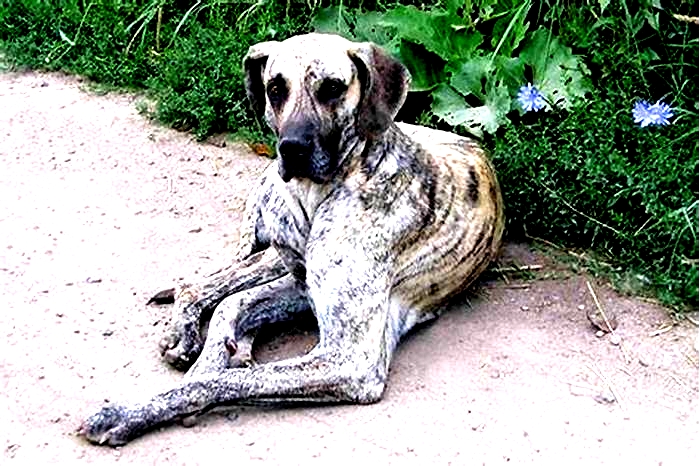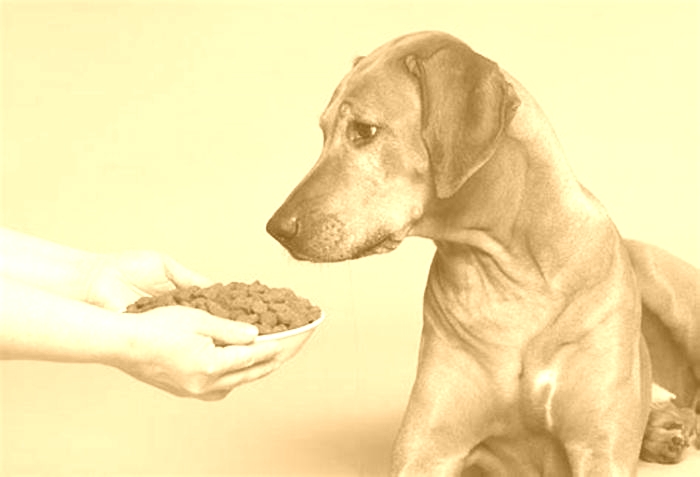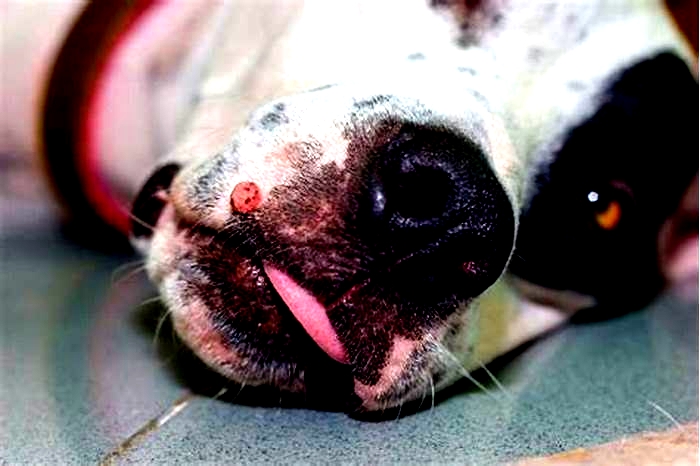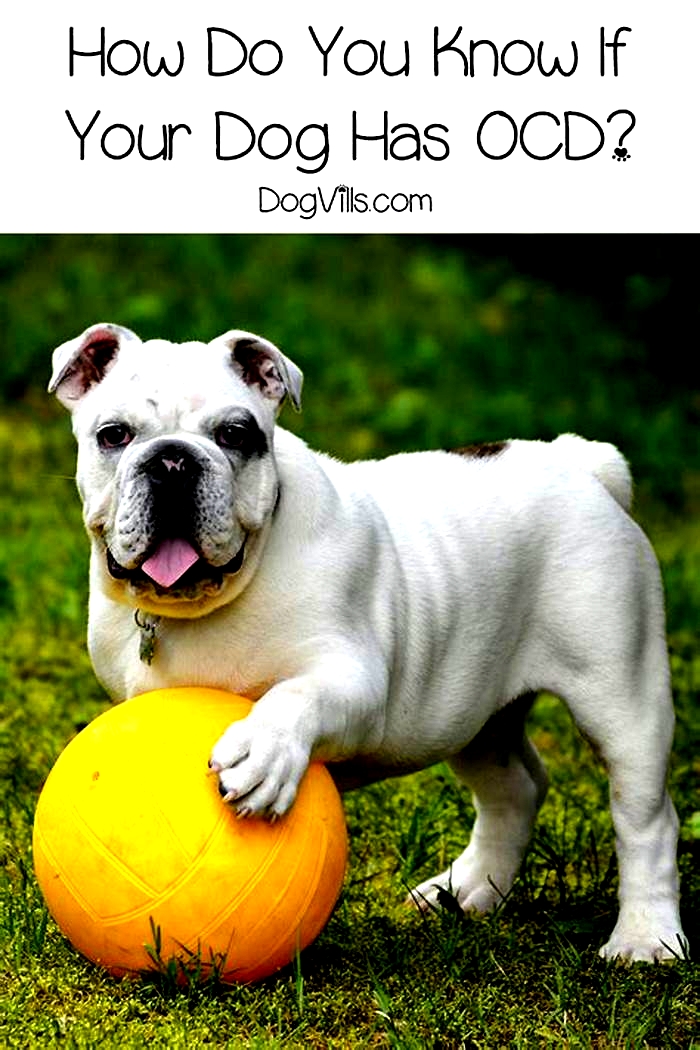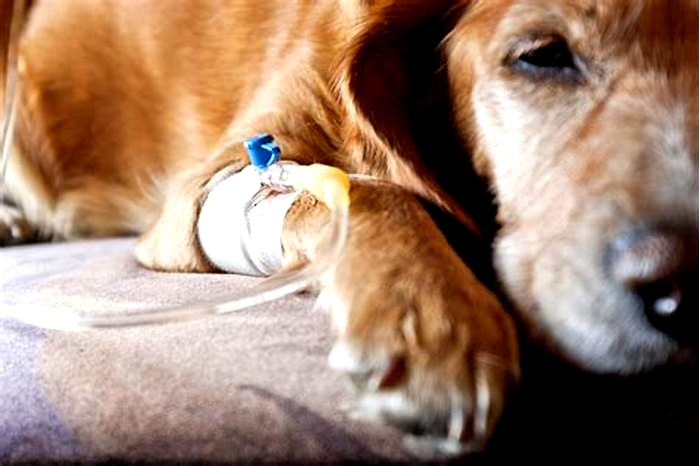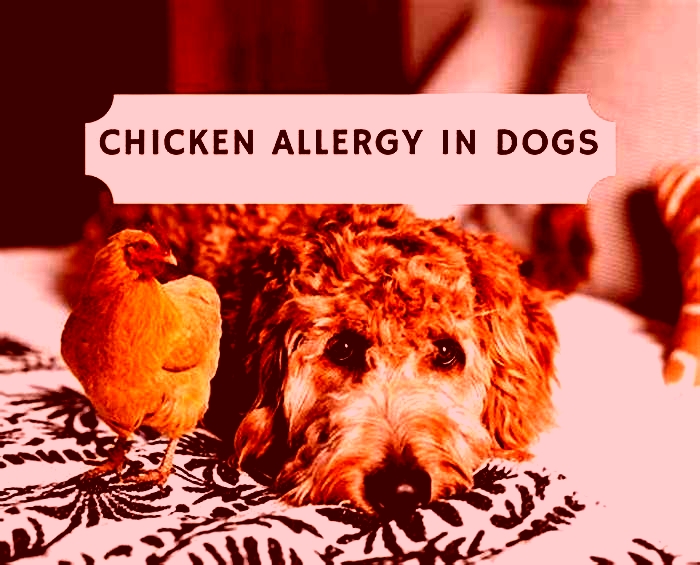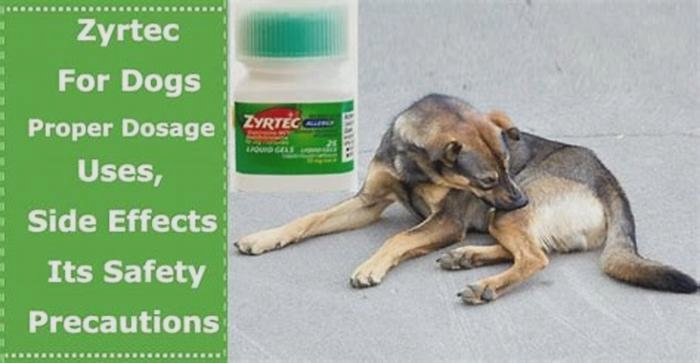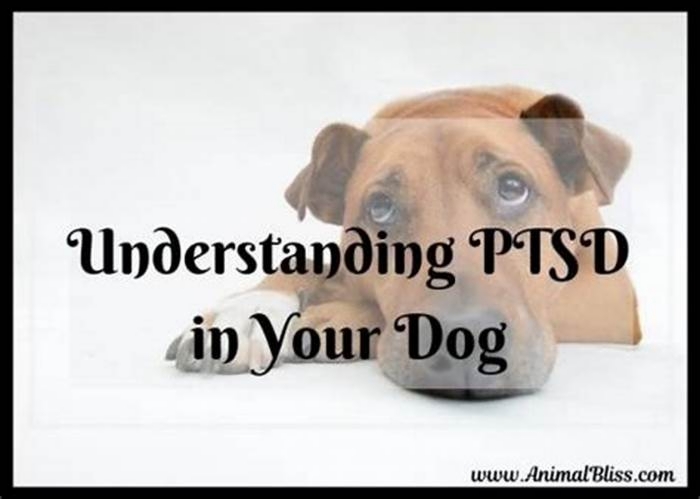Why do dogs creep
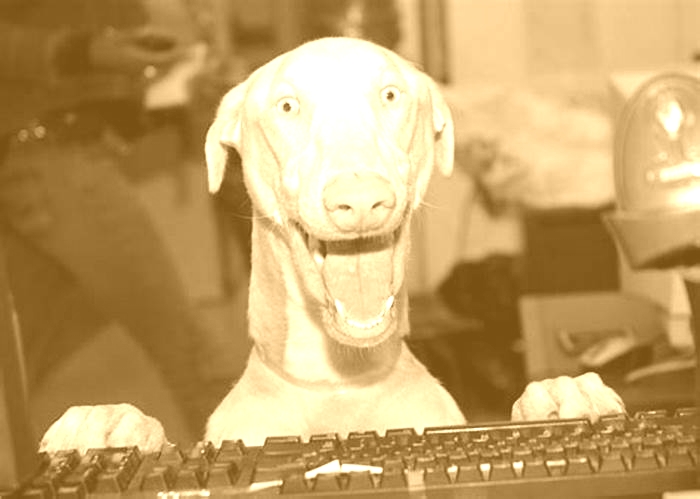
What is trancing and why does it make my dog act so weird around plants?

https://www.youtube.com/watch?v=3j-WZcdHtAE//
A Spanish greyhound trances under a curtain and plant, much to the confusion of a fellow greyhound.
Caroline Coiles dog was behaving strangely. Her Saluki, a slender sighthound named Bibi, kept sneaking into the closet. Inside the dark, enclosed space, Bibinormally a sprightly dogslunk around in excruciatingly slow circles as Coiles hanging clothes dragged delicately across her back.
Coilea researcher specializing in canine genetics and behavior at Florida State Universitybrushed it off as just a quirk of Bibis until she caught her next dog, another Saluki, doing the same thing years later. This time, the love affair was with a backyard bush. The dog moved like a chameleon; one sluggish, rocking step at a time, letting the drooping plant leaves trail across his back.
At the time, we had no idea what it was. We would just say, Oh look, hes doing slow-mo dog again! says Coile.
This slow-motion slink is known as trancingsometimes called ghost-walkingand is most common in bull terriers and greyhounds. But the strange behavior worried some pet owners. Were their dogs having seizures? Was it some form of obsessive-compulsive disorder?
Trancing is definitely weird, but Coile says its not an indication your dog is suffering from an undiagnosed neurological condition. In fact, one study published in Veterinary Record found trancing to be apparently purposeless.
Its not like theyre in an actual trance where theyre looking into a crystal ball or something, she says. But it does seem like they go into some sort of meditation-like state.
For those whove witnessed a dog trance, it certainly seems like your four-legged friend has left this earthly plane for somewhere more psychedelic. Once the object of the trancers desire is spottedtypically something hanging, like plant leaves or curtainsthe dog creeps beneath it, ears completely flat, nose pointed up, eyes squeezed shut in what looks like utter ecstasy.
But why the heck do dogs trance? Coile has one theory: it just feels good.
I think obviously they very much enjoy it, she says. If you happen to interrupt them, they always look at you like, Really? And then they trot away in disgust. Its a sort of thing they enjoy doing by themselves.
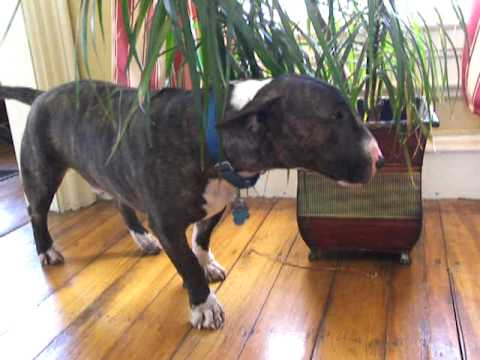
A bull terrier named Pete in full-blown trance mode.
Alice Moon-Fanelli, a certified animal behaviorist from the Cummings School of Veterinary Medicine, stumbled upon trancing while studying compulsive tail-chasing in bull terriers.
The odd, unfamiliar behavior troubled her. Bull terriers are a breed that suffer from debilitating doggy-OCD, also known as canine-compulsive disorder (like humans, dogs can behave compulsively, but unlike humans, they dont experience the high level of obsessive thinking found in people with OCD).
There have been cases of tail-chasing in bull terriers so severe, the dogs were euthanized. Owners reported some dogs wouldnt stop even to go to the bathroom, and others wouldnt eat. Some would injure themselves, or got so aggressive with humans who interrupted their twirling that owners had to put them down. Moon-Fanelli worried that trancing was yet another manifestation of compulsive disorder in the breed.
But trancing appeared to be unrelated, and on further study, the behavior seemed completely harmlessif still abnormal. The bull terriers would go under Christmas trees, curtains, towels anything hanging that would cause dorsal stimulation, she says. Their eyes glaze over, and they would go into this slow moonwalk. Then theyd come out of it and be fine.
Trancing seems to be unique to dogs, and for reasons yet to be determined, bull terriers and greyhounds lead the pack as top trancers. Coile says she believes trancing runs in breeds, but theres no evidence the behavior is hereditary. So far, all dog experts know is that trancing is totally a thing, but what type of thing is still unknown.
So if you catch your dog sneaking off for some alone time with your favorite houseplant, theres no need to panic. Your pup is just having a good time, and maybe meditating on the very nature of existence. Or at least the nature of treats.
Dog Trancing: What Is It & Why Does It Happen? Vet-Approved Facts
The information is current and up-to-date in accordance with the latest veterinarian research.
Learn moreMany people have heard the term being in a trance, but only a few know that it can (somewhat) apply to dogs. Dog trancing, also known as trance-like syndrome, ghost-walking, or weed-walking, is a behavior exhibited in some dogs where they appear to enter a trance-like or frozen-like state, usually walking very slowly and often while passing through narrow spaces or under hanging or low objects, such as plants, curtains, or a table.
Many pet parents know that their dog may have an odd personal trait or quirk here and there, but witnessing your dog may cause concern as to why they are walking so slowly and warily. Is there something wrong with them? It can be a little strange, if not fascinating, to observe, especially if you havent seen this type of behavior before, but now that you have, you more than likely want to know more about this phenomenon and what, if anything, you need to do about it.

What Is Dog Trancing?
Dog trancing is an unusual yet usually harmless state of being and generally involves a typical scenario when a dog begins to start walking extremely slowly and gingerly, like they are stalking something or staring at a target. During these episodes dogs remain aware of their surroundings.
As mentioned before, this tends to occur when they are under low objects such as foliage or curtains. Out of the blue, your dog will appear relaxed and begin to move, most likely in a delicate and careful manner. They can look as though they are completely oblivious to their surroundings (but they are not) as they take on an almost zoned out or in a trance look. They may repeatedly go back and forth under the object, and each trance episode can last between a few seconds to 30 minutes. Once the episode has finished, the dog returns to their normal selves with no harm done.
It can make you feel a bit unnerved or concerned if you havent seen this quirky trait before, or you may not have been aware of dog trancing until now.
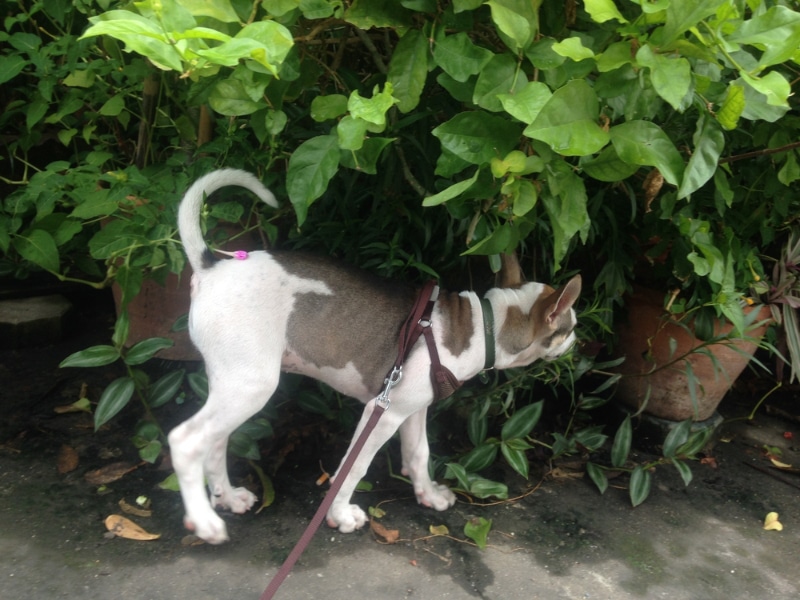
Why Does Dog Trancing Happen?
While dog trancing has been researched, it is still not yet fully understood, and the reasons why it does happen are vague. It is, though, described as a type of behavior most frequently encountered when your dog is physically under low-hanging objects, but occasionally, they can begin the onset of their dog trance in the middle of a room, for example.
It is touted that Bull Terriers are prone to dog trancing, which we will discuss further in the frequently asked questions, with some suggesting Greyhounds and Basset Hounds are also more predisposed to this phenomenon.1 Dog trancing can occur in any breed (both pedigrees and mixed dogs).
It has been noted that dog trancing is also a learned behavior as well as a mysterious one. In multi-dog households, for example, where one dog is already a trancer, another dog or a new dog that is introduced can learn this behavior from them or the original perpetrator. The second dog observing them will exhibit the same trance behavior due to learning it from their fellow canine friend.
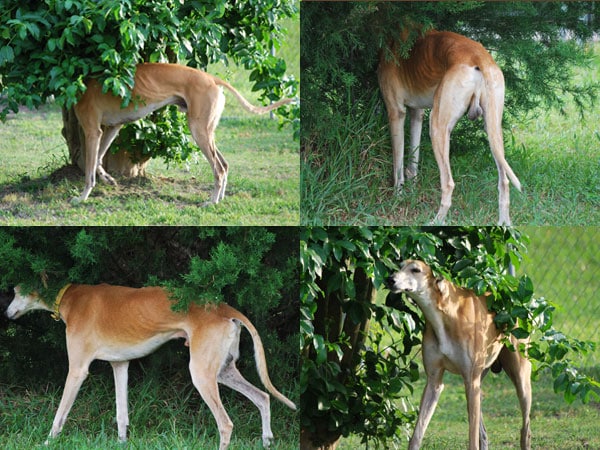
Is Trancing a Type of Seizure?
No. While it is true that a dog before a seizure (or fit) will often stare into space and be trance-like, seizures and dog trancing are two different and independent things, and it is important to distinguish between them.
Two main tips to help know the difference. First, a dog will acknowledge you a little during trancing if you call their name or try to get their attention. This may be as small as a twitch of their ears or a second glance, but it is still an acknowledgment of your stimulus. Secondly, when the trance episode is over, your dog will return to their normal self and state with no issues, and it happens relatively instantly.
In a seizure, neither of these events occurs. A dog having a petit mal seizure ( a mild focal or partial seizure that only affects part of the brain) or those about to go into a generalized grand mal seizure (where they may stand and stare and then fall into uncontrollable shaking) cannot be snapped out of it, and they will not respond to you in any way. As they come out of the seizure, it can take hours for them to return to their normal selves and way of being. Very often, they can also lose control and empty their bladder or bowels during a seizure episode.
When you notice your dog having a trancing episode for the first time, it is important to get them checked over by a veterinarian. This is mainly to rule out seizures, especially the petit mal type, as dog trancing can appear to look very similar to some partial seizures. Seizures can also be a sign of other underlying medical conditions. If they are given the clear, you can enjoy this trait your dog has with a peaceful mind that all is well.

Frequently Asked Questions (FAQ)
Should I see my vet about my dog trancing?
In general, it doesnt require your dog to see a veterinarian. However, it might be advisable to seek out their advice if your dog is displaying trancing plus any of the signs below.
- Sudden or new changes in their behavior
- Trancing suddenly starts in later life
- Discomfort or pain
- Other signs of seizures
- Frequent or increasing trancing
- Sudden or new changes in their well-being and physical wellness
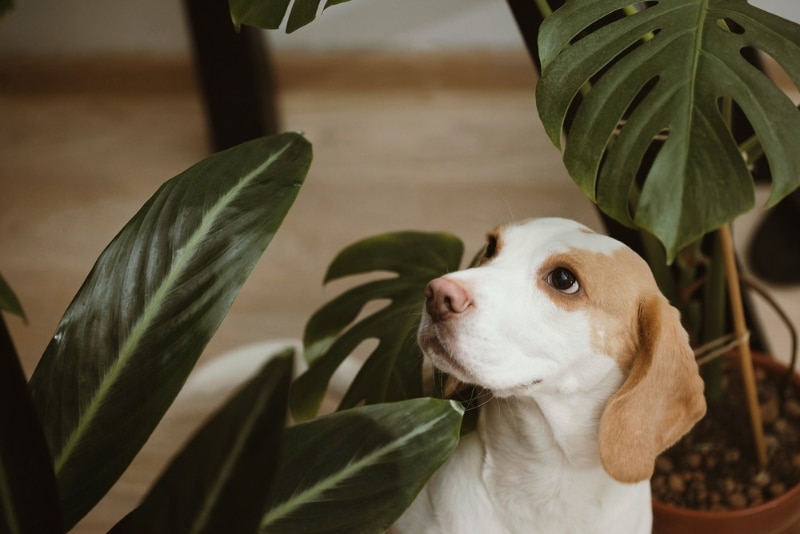
Are certain breeds more prone to trancing?
Some research states that Bull Terriers are more prone or predisposed to dog trancing or trance-like syndrome. Owners and breeders of these dogs may have experienced this and agree with this widespread thought. Although it appears to be more common in Bull Terriers and some other breeds, mainly the Greyhound and Basset Hound, it is not unique to Bull Terriers or any breed. Nor are Bull Terriers destined to become dog trancers, either. The truth is dog trancing can occur in any breed, whether they are a pedigree or mixed breed.
How can I manage dog trancing?
As long as no other signs, as stated above, have (or are) been observed by you or exhibited by your dog, then you do need to do very little with your trancing pooch. You do not need to shake them out of it, break the trance or state, call their name, or be overly concerned. They will return to themselves usually within a few minutes. Let them enjoy their trance and leave them be! Of course, we always need to ensure their safety, so this may be the only situation where you need to intervene or move your dog out of the way of harm quickly.

Conclusion
Its important to conclude this article with the following note. Not all dogs exhibit trancing behavior, and even amongst those that do, the frequency and intensity of the trancing behavior can vary. While trancing itself is generally considered harmless, its vital for pet parents to be aware of their dogs behavior and ensure that it doesnt lead to any discomfort or stress.
If your dog seems distressed by this act or exhibits further unusual behavior or physical signs of illness, then seek out a consultation with a veterinarian for advice.
Featured Image Credit: Synergic Works OU, Shutterstock
Creep Feeding Lambs: A Guide
Are you thinking about getting into sheep farming and wondering what creep feeding is? What on earth is a creep, anyway? These are questions Ill tackle today. I will explain why creep feeding is important, as well as provide tips for creep feeding lambs for maximum growth. I will also discuss how to prevent overeating disease (enterotoxemia) until lambs are vaccinated for it.
What is Creep Feeding?
A creep is basically a separate pen where young sheep (lambs) can enter and exit through a creep panel, but mature sheep (ewes) cannot because the gaps are too small.
There is hay and grain available to the lambs here so that they can have plenty of food available to them on-demand, helping them grow healthy and strong.
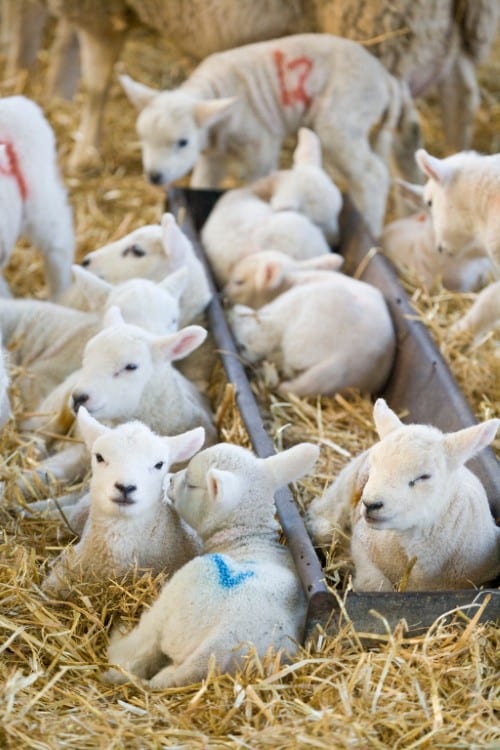
The creep gives nursing lambs extra nutrition. This can be especially important for lambs that are weaned early because they are in an intensive production system.
The practice of creep feeding is also especially beneficial for flocks where milk production for the lambs will be an issue in some way or in which there are many multiple births.
While its true that lambs are usually a minimum of three to four weeks old before they will start to eat noticeable amounts of feed, its best for lambs to get started on creep feed as quickly after birth as practicable.
When lambs have access to creep food from an extremely early age, it will help to promote stronger rumen development and get them used to dry feed.
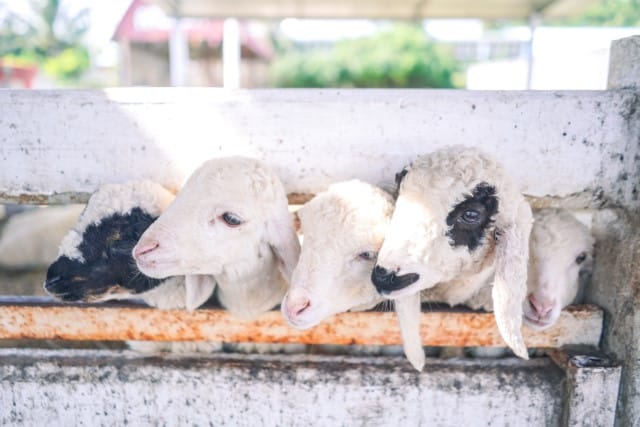
Another significant benefit of creep feeding is the fact that it makes early weaning (if early weaning is indeed planned) a much less stressful process for the lambs. Less stress for the animal is not only more humane but also keeps it healthier.
Tips for Setting Up a Creep Pen
A small opening in a gate or fence is the usual way that lambs will have access to a creep feed. Remember that it must be big enough for the lambs to pass through.
However, its essential that it not allow ewes, including thinner and smaller ones, from getting through.
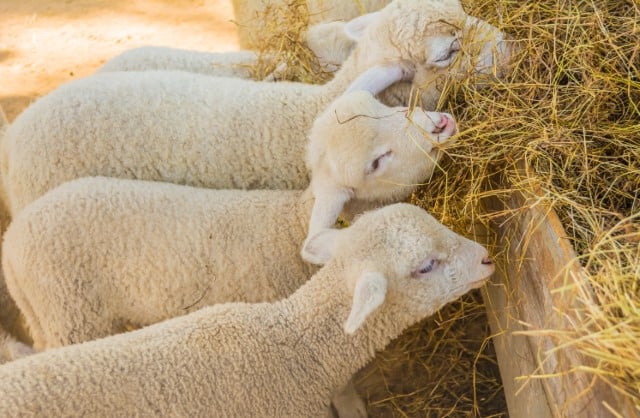
To prevent lambs from feeling they are too confined, make your creep gates have several openings. Try to plan things so that the lambs will be able to get to and through the creep area from several different sides.
Make sure that you put the creep pen in a place where the lambs will definitely find it. Add dry bedding to the area so that lambs can sleep there if they would like to.
When deciding how big to make the creep feeder space, make sure that there are about two inches of space for every lamb.
Dont forget to include plenty of water in the creep area, too. Include hay as well, making sure it is the best quality.
Food for the Creep Pen to Promote Maximum Growth
All foodstuffs for the creep pen should be finely ground. This will be more attractive to the lambs.
Lambs especially love alfalfa hay, cracked or ground corn, and soybean meal.
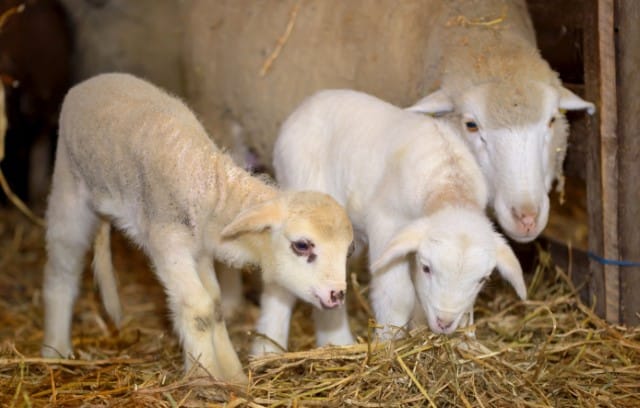
Stay away from pelleted feeds, choosing textured or crumbled varieties instead.
Make sure that the food in the creep pen is continually replenished. You dont want lambs to go in there only to find no food at any point.
This may discourage them from entering again. The food must always be dry and fresh.
Remember the importance of protein in the lamb diet. These young animals still need to develop a large amount of lean muscle as they grow.
Only give completely natural foods to lambs. Older lambs dont tend to need as much protein as younger ones, as they begin to accumulate more fat as opposed to just muscle.
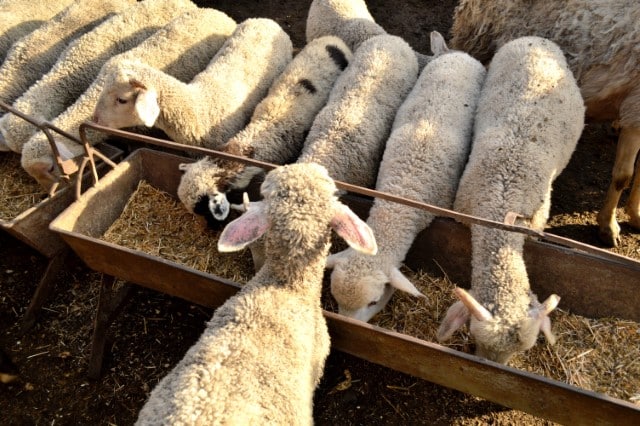
One common ration combination for creep feeding is 85% whole barley, 14% soybean meal, 2% food grade limestone, and 0.5% salt, as well as an ADE vitamin supplement.
Make sure that the grain component of the creep feed is increased only very gradually. For example, there should be a maximum increase of 10 percent every few days.
Preventing Overeating Disease (Enterotoxemia)
The feed you put in the creep pen should also include the addition of a coccidiostat. This is necessary for the prevention of a protozoan infection called coccidiosis that will lead to diarrhea and problems with production.
Two FDA-approved medications for this purpose are Bovatec and Deccox, as long as lambs are in confinement.
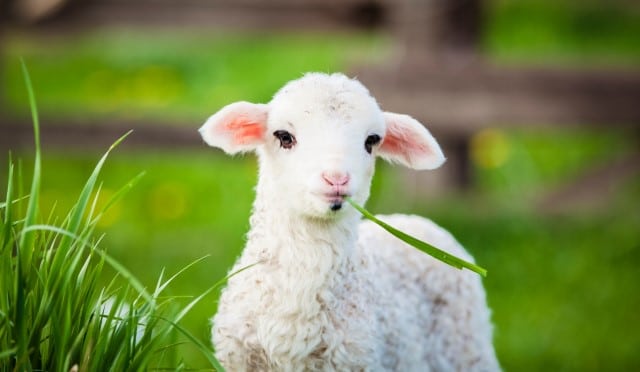
Vaccinations against Clostridium perfringens C & D also need to be given to lambs. Ideally, you should try to give lambs this vaccination before they start eating food.
Sometimes, however, this isnt practicable, especially if your lambs are going to start eating when theyre seven days old. When the vaccination is given this young, it may not be effective.
Vaccinating Lambs for Overeating Disease
The best way to prevent overeating disease in lambs is to vaccinate their dam while she is still pregnant. The dams immunity should be passed to nursing lambs through her milk.
This is a great strategy because you will make sure the lambs are immune before they are even born, and certainly long before they can begin eating food.
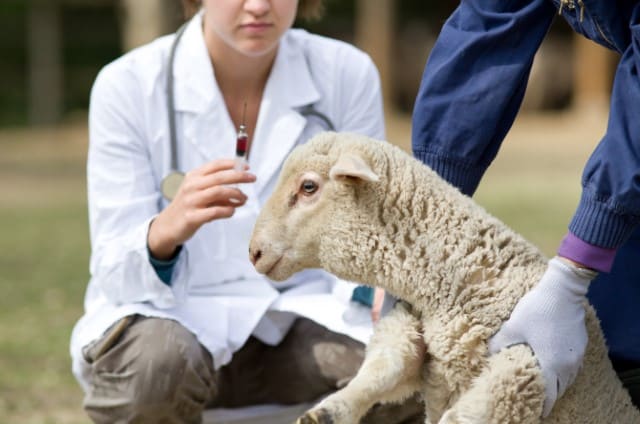
It is generally recommended that the vaccination be given to the pregnant ewe in the final trimester of gestation. There should then be a booster about a month later.
Also, remember the need for annual vaccinations.
If you have a lamb whose dam was not vaccinated during pregnancy, the good news is that it is unlikely to eat enough feed to lead to proliferation of bacteria until its about a month old.
The enterotoxemia bacteria is found in food with significant levels of crude protein. When these bacteria are ingested by a lamb, they excrete waste products that have a toxic effect on the animal.
As the central nervous system is affected, death can happen quickly.
Some farmers will vaccinate lambs first at two weeks of age and again at one month. You should consider giving the vaccination for tetanus around this time.
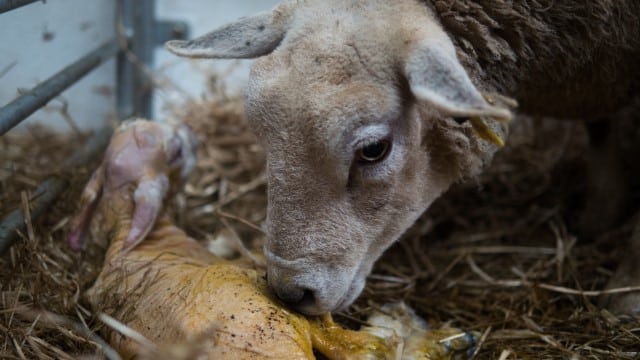
However, experts say that a lambs immune system will not be sophisticated enough for the vaccine to have its intended effect until it is one month old.
This is the point at which it is recommended that you do the vaccination in most circumstances. You can even find dual vaccines that cover not only Clostridium perfringens Types C & D but also Clostridium tetani.
What Vaccine to Use
Its advisable to go with a toxoid vaccine instead of an antitoxin. While an antitoxin will start working almost right away, its duration is a mere two weeks.
Toxoid vaccines do need between two weeks and a month to create full immunity, but its clearly worth the wait.
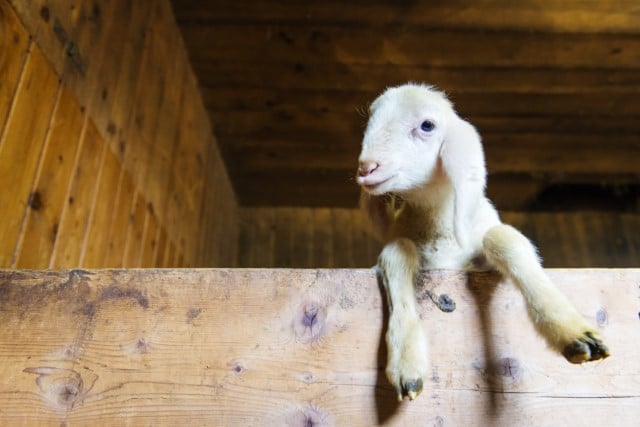
Do note, though, that if your lambs have already been eating a lot and youre concerned about it, you should first administer the antitoxin and then administer the toxoid vaccination in two weeks. Ask your veterinarian for more information.
Male lambs are prone to developing kidney stones (urinary calculi), so you should ensure a 2:1 calcium to phosphorus ratio in the creep feed.
You could also find a 1% feed grade limestone and include a small amount of this to help cut down on the risk of kidney stones.
How to Decide When to Wean Lambs
There are many different factors to consider when deciding when your lambs should be weaned. Some of these include the size and nature of your operation, your target market, how much pasture you have available, and others.
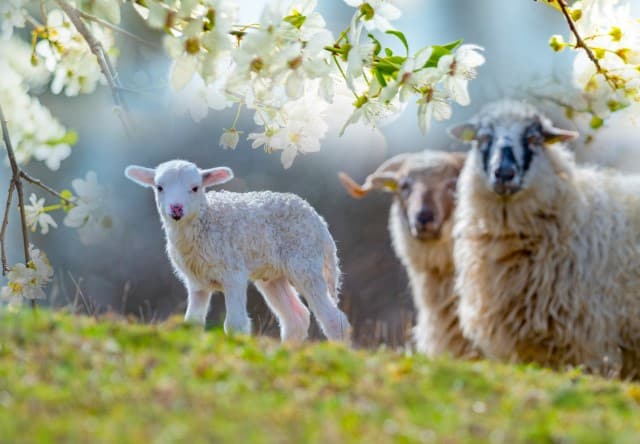
Contrary to what you might imagine, by three weeks after birth a lamb will have a rumen developed enough to make its eating food directly a more efficient way than getting that same food nutrients from the mother by way of milk.
This coincides with how the ewes milk production will generally be at its highest at three weeks after it has given birth and then taper off after that.
This is one reason why the most common time for weaning is sometime between three weeks after birth and eight weeks after birth.
When timing creep feeding, keep in mind that its best for lambs to have done creep feeding for about six weeks before they will go to pasture.
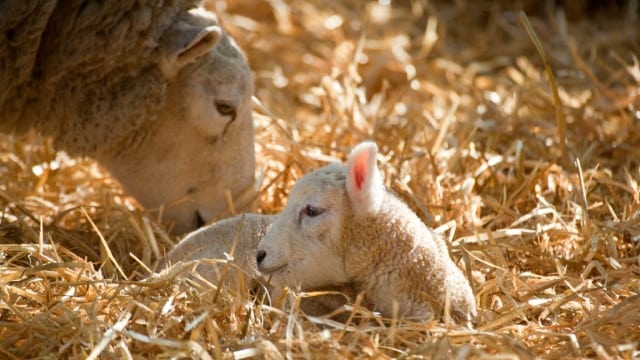
This means that they will be used to eating and comfortable with it. If a lamb goes to pasture without being used to eating, they may not eat enough and could be in danger of malnutrition.
Understanding Creep Feeding for Lambs is Essential
Its clear that creep feeding is a tool that will help keep your lambs healthy and maximize production on your farm.
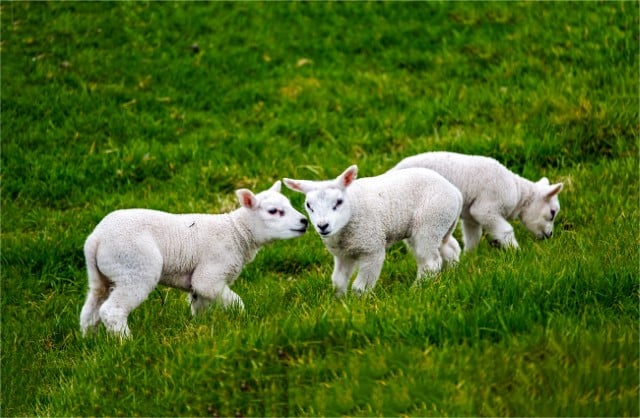
Make sure to provide the right kinds of food and follow the tips we set out above when setting up your creep arrangement.
Remember the ways that you can prevent disease and optimize growth and development in your lambs.

